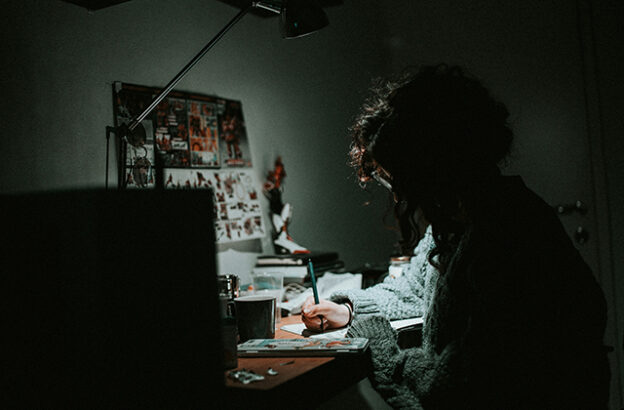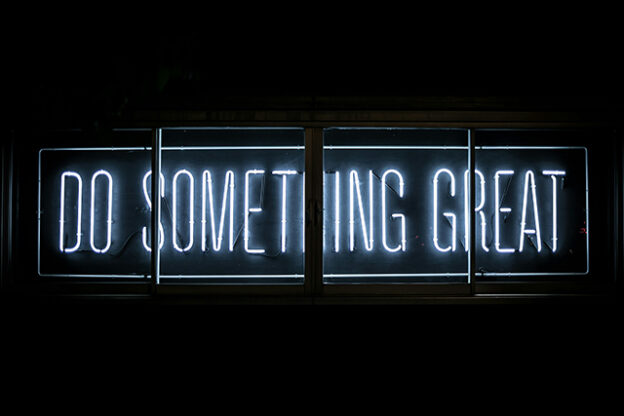Your vehicle wrap is more than just a mobile billboard—it’s a powerful conversion tool when designed correctly. Whether you’re a small business owner, a tradesperson, or a marketing-savvy entrepreneur, your car can become your best salesperson on the road. But here’s the thing: not all vehicle wraps are created equal. If yours isn’t getting calls, clicks, or messages, it’s time for a few strategic tweaks.
In this article, we’ll break down five highly effective design changes that can help turn your car wrap into a lead-generating machine. Whether you’re about to wrap your first vehicle or are considering a redesign, these tips can dramatically increase your visibility and response rate.
1. Simplify the Message for Instant Impact
The Problem: Too much text. Too many graphics. Not enough clarity.
When your vehicle is moving—or even parked—people only have a few seconds to absorb your message. If your design is cluttered or packed with too much information, it gets ignored. The most successful car wraps rely on brevity and boldness.
The Fix: Stick to a core message. Ideally, this includes:
- Your logo or brand name
- What you do (your service in five words or less)
- A clear call to action (CTA)
For example, instead of listing every service your plumbing business offers, go with:
“Emergency Plumbing | 24/7 Service | 1300-PLUMBER”
Boom. Clear, scannable, memorable.
Ask any experienced signwriters for taxi signage, and they’ll agree: clarity converts. The more concise your message, the more likely you are to be remembered—and contacted.
2. Prioritize Readability Over Creativity
We love bold design. But sometimes, creative flair can get in the way of communication. Fancy fonts, script lettering, or hard-to-read color combinations might look cool, but if people can’t read your message from a distance (or while driving past), what’s the point?
The Fix:
- Use high-contrast color combinations (e.g., black on yellow, white on dark blue).
- Stick with clean, sans-serif fonts for business names and phone numbers.
- Make sure text is readable from at least 10 meters away.
Use a simple test: print out your design, stick it on a wall, and walk 10 meters away. Can you read it at a glance? If not, it’s time to adjust.
When working with professional signwriters for vehicle signage, insist on mockups that prioritize readability and ask for input on font legibility. It could make the difference between a passing glance and a lead.
3. Use Your Vehicle’s Shape to Guide the Design
Not all vehicles are created equal. A flat-sided van gives you a canvas, while a curvy sedan presents challenges. Unfortunately, some designers use cookie-cutter templates without adapting to the specific vehicle.
The Fix:
Work with the shape of your vehicle, not against it. For example:
- Avoid placing key messages over door handles or windows.
- Don’t let text wrap around curved fenders or bumpers.
- Use symmetrical design layouts so it looks good from either side.
A thoughtful layout that complements your vehicle’s natural lines doesn’t just look better—it ensures your messaging is never distorted or lost.
Talented signwriters for vehicle signage often take detailed measurements and provide custom-fit designs for every make and model. That’s the level of detail you want if you’re aiming to convert.
4. Highlight a Strong, Singular CTA
A surprising number of vehicle wraps forget to tell viewers what to do next. A name and logo are great—but a call to action (CTA) gives people a reason to reach out.
The Fix:
Choose one dominant CTA and make it big, bold, and easy to act on. For example:
- Call now: 1300-123-456
- Visit: myplumbingwebsite.com
- Follow us: @BestHairMobile
QR codes can also be effective—but only if they’re large enough to scan from a distance and clearly marked (e.g., “Scan to book”).
Keep your CTA simple and consistent with your business goals. Want more phone calls? Push the phone number. Driving website traffic? Feature the URL prominently. Social media your thing? Focus on the handle.
5. Invest in Professional Photography or Illustrations
While stock photos can sometimes work, nothing beats authenticity—especially on a moving advertisement. Custom graphics that match your business identity go a long way toward building trust and recognition.
The Fix:
- Use a professional photo of you or your team, especially if your business is service-based or relationship-driven.
- Consider custom illustrations of your product or service that match your brand style.
- Make sure all images used are high-resolution (minimum 300 DPI) and print-ready.
Blurry photos, pixelated logos, or stretched graphics scream “cheap,” and that reflects poorly on your brand. When people see your wrap on the road, they should immediately associate it with quality and professionalism.
Bonus tip: Before printing, ask for a high-res digital mockup on your specific vehicle make. Some design firms offer 3D previews so you can catch visual flaws before committing.
Final Thoughts: Design Like It Matters—Because It Does
Your vehicle is your most public piece of branding. It works 24/7, rain or shine, and—if designed correctly—it can bring you a consistent flow of leads without ongoing ad spend.
While these five tweaks may seem small individually, together they can dramatically increase your signage’s effectiveness. Whether you’re getting your first wrap or revising an old design, remember:
- Clarity converts.
- Design for the road, not the showroom.
- People don’t read—they scan.
And finally, don’t skimp on execution. Partner with skilled signwriters for vehicle signage who understand both design and strategy. The right wrap is an investment that pays for itself over and over again.


